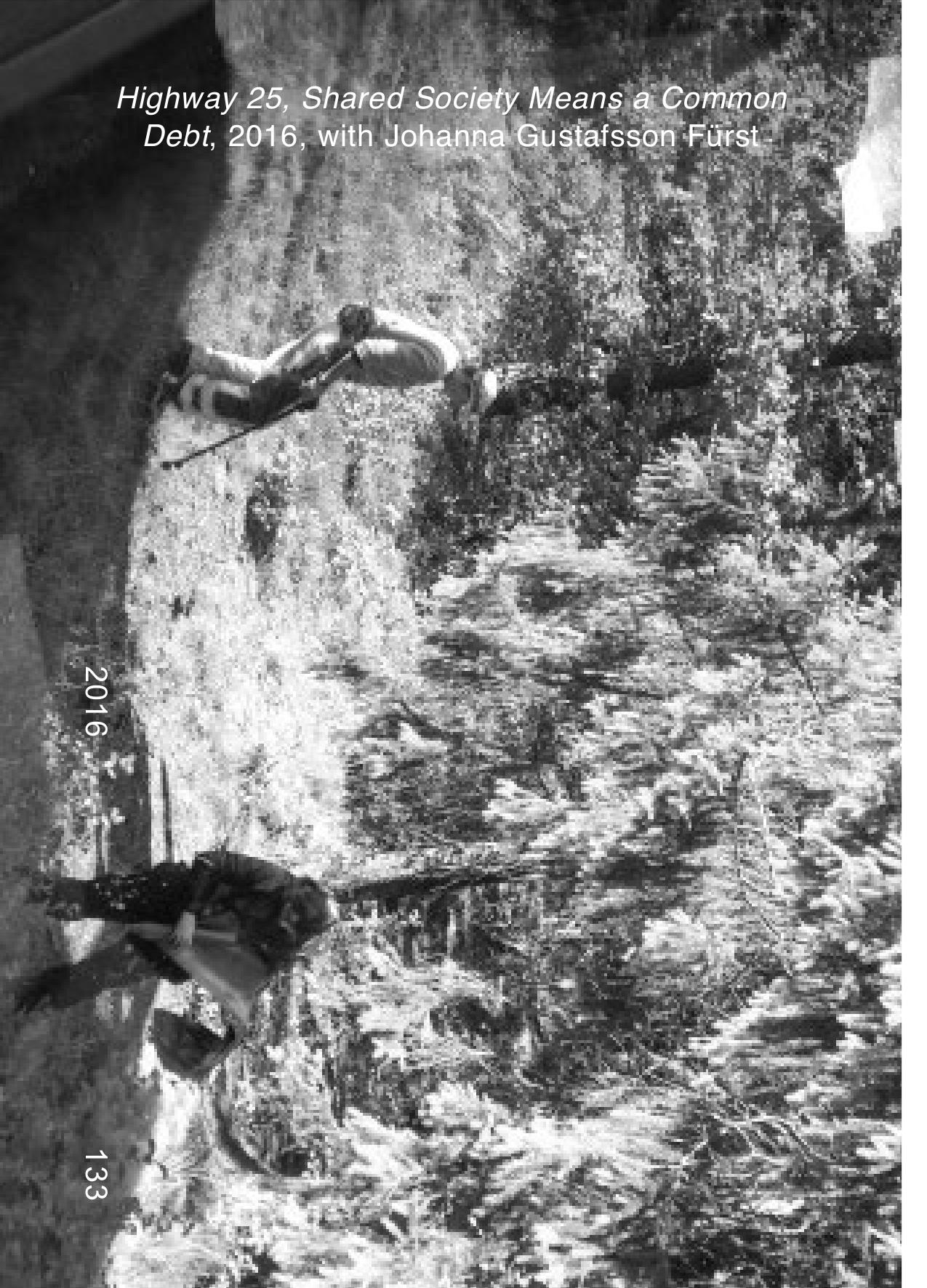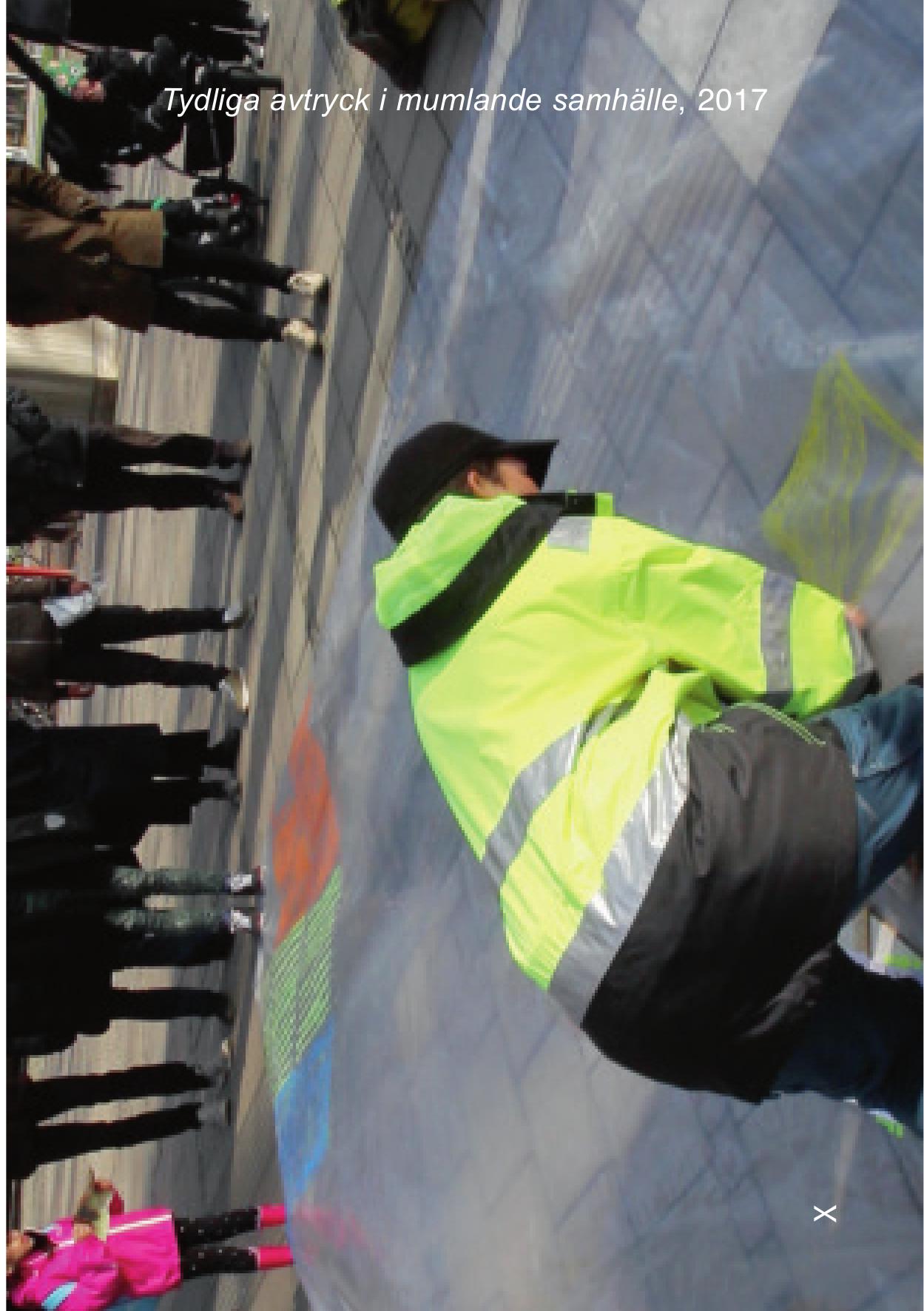Key research themes
1. How can experiential and tacit knowledge be rigorously integrated into artistic research methodologies?
This theme investigates the incorporation of experiential, tacit, and embodied knowledge within the frameworks of artistic research, emphasizing the tension and synthesis between personal creative practice and organized, communicable research inquiry. It is central to understanding how artists balance subjective creative processes with academic rigor, enabling new forms of knowledge generation in art and design research.
2. What challenges and strategies exist for locating, classifying, and disseminating artistic research outputs within academic and library systems?
This theme addresses infrastructural and systemic challenges in accessing, indexing, and legitimizing artistic research outputs. It encompasses issues around metadata standards, classification vocabularies, and platform interoperability that affect the visibility and integration of artistic research within broader academic repositories and digital libraries. Understanding these challenges informs strategies to better accommodate the unique formats and expressions of artistic research, thus enhancing discoverability and institutional support.
3. How can interdisciplinary and performative methodologies, such as choreography and kinetic systems, be applied within artistic research to generate embodied knowledge?
This theme explores methodological innovations in artistic research that draw on interdisciplinary, performative approaches—particularly choreographic strategies and kinetic architectural systems—to produce tangible, embodied knowledge. It examines how these methods transcend traditional research paradigms by integrating artistic practice, embodied perception, and scientific-technological interfaces, revealing new epistemic modes for artistic inquiry and reflexivity.
























































































































































































































































































































